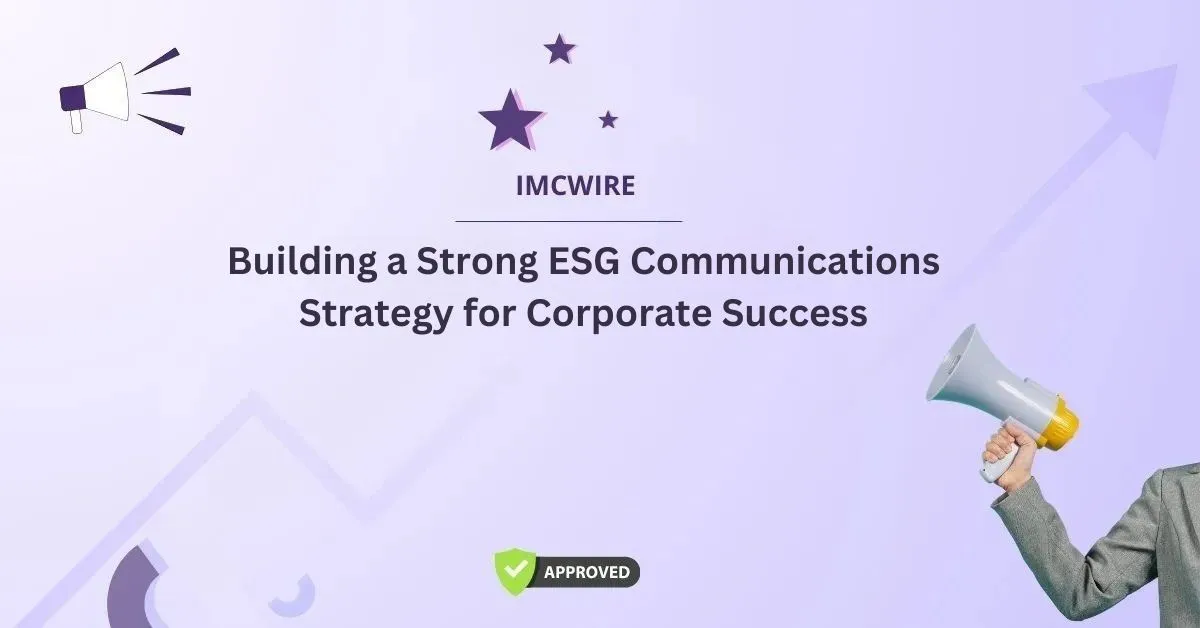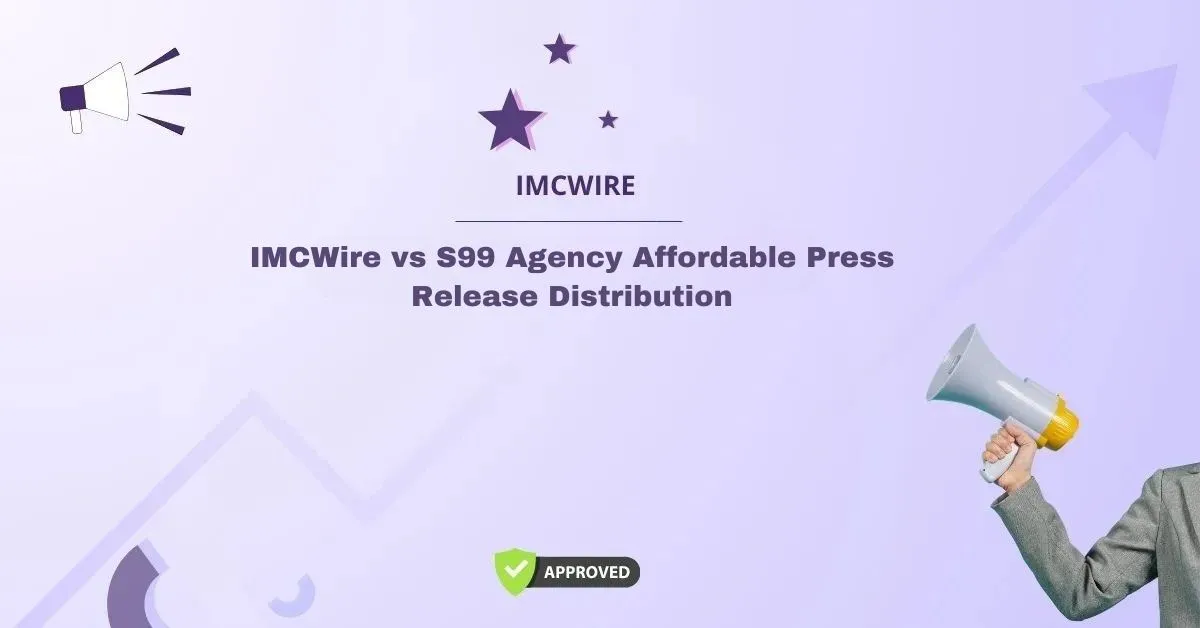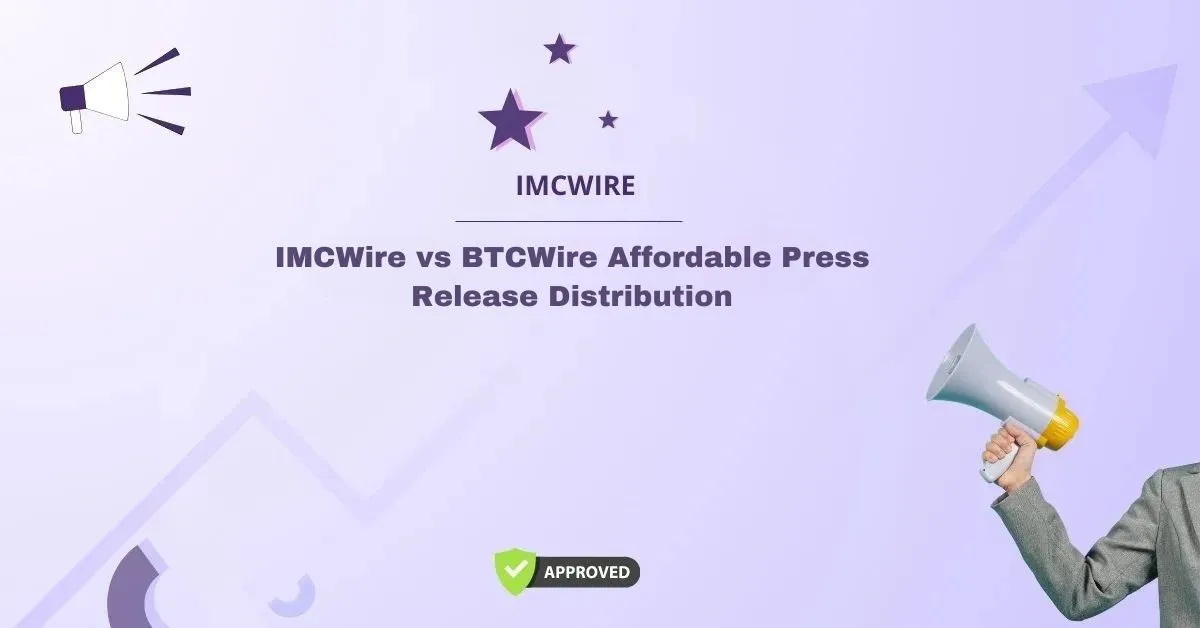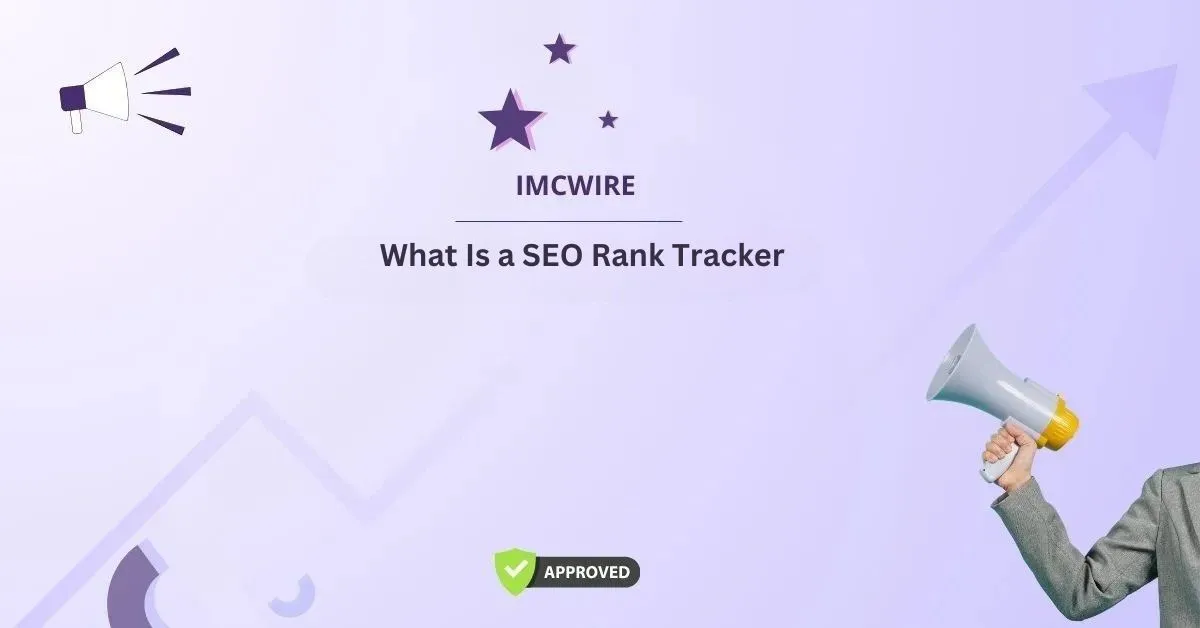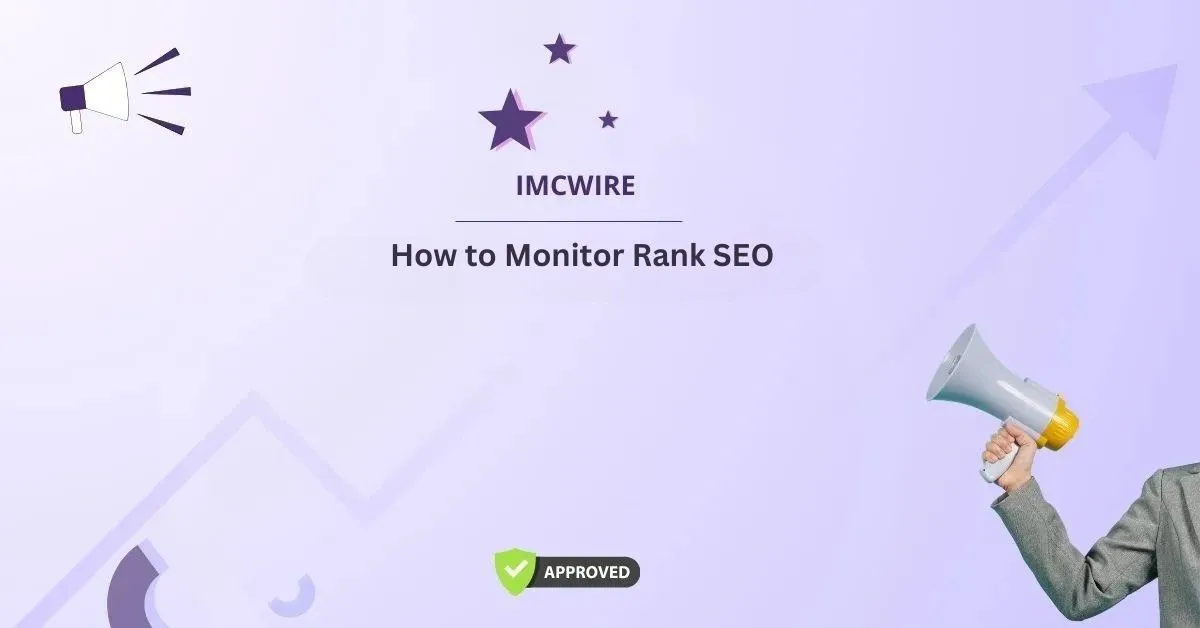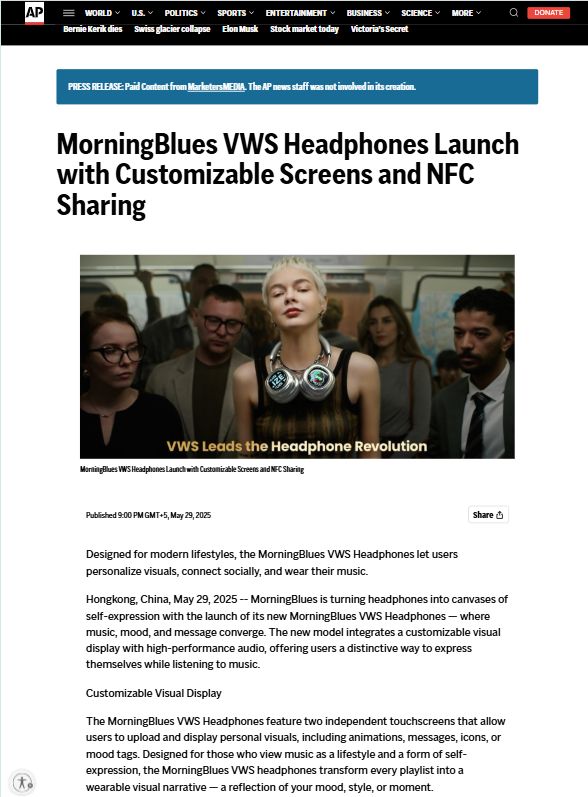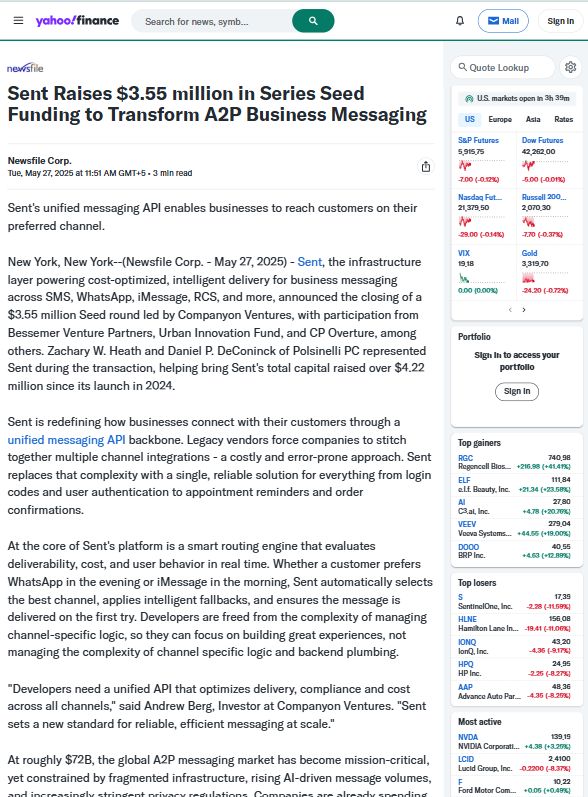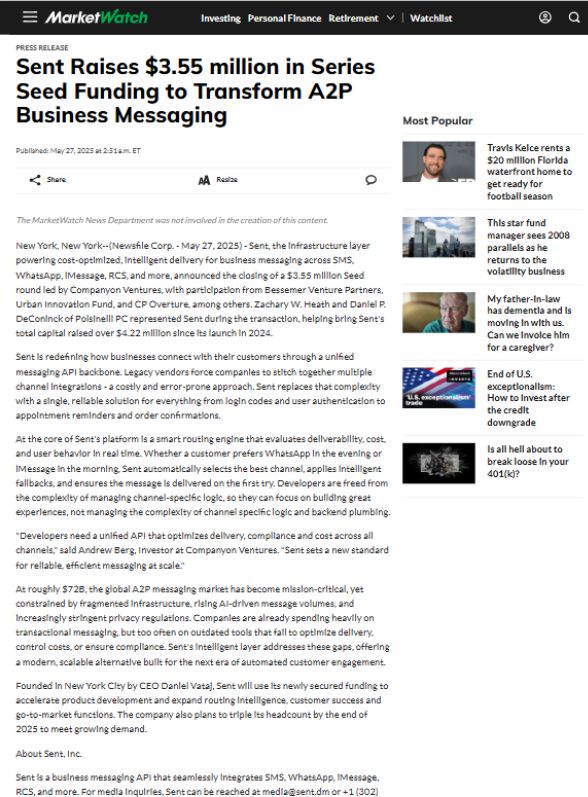In today’s rapidly evolving business environment, companies face increasing pressure to align their operations with sustainability principles and showcase their commitment to environmental, social, and governance (ESG) criteria. An effective ESG communications strategy is vital in conveying your company’s dedication to these critical areas, and it can influence stakeholder perception, improve corporate reputation, and foster trust with customers, investors, and employees.
In this blog, we will explore the significance of an ESG communications strategy, its role in business operations, and best practices that organizations can adopt to develop and implement a successful strategy. We will also look at how integrating ESG into your communication efforts not only meets regulatory requirements but also enables you to stay competitive in the market while contributing to positive change in society.
Table of Contents
The Importance of an ESG Communications Strategy
An ESG communications strategy goes beyond just talking about your company’s efforts toward sustainability and social responsibility. It involves a comprehensive and transparent approach to informing stakeholders about the impact your business is having in terms of environmental preservation, ethical governance, and social equality.
Today, more and more consumers, investors, and employees are placing a higher value on companies that are transparent about their ESG initiatives. A well-crafted communications strategy can help convey these efforts in a way that resonates with stakeholders, showing them that your organization is not only complying with laws and regulations but is also proactively driving positive change.
An effective ESG communications strategy ensures that:
- Transparency: Communicating progress and challenges openly, which builds trust with your stakeholders.
- Engagement: Creating a dialogue with stakeholders, rather than just broadcasting messages.
- Consistency: Keeping your ESG message consistent across all communication channels to strengthen credibility.
- Credibility: Backing up ESG claims with data and third-party verification to ensure your efforts are seen as authentic.
Key Components of an ESG Communications Strategy
An ESG communications strategy needs to cover several critical areas to effectively demonstrate a company’s sustainability efforts. These components must be tailored to your organization’s goals, stakeholder expectations, and industry specifics. Below are the key components that should be integrated into your strategy:
Clear ESG Goals and Metrics
The first step in any successful ESG communications strategy is establishing clear ESG goals. Whether it’s reducing carbon emissions, improving diversity in leadership positions, or ensuring ethical supply chain practices, these goals should be specific, measurable, and aligned with your company’s mission. It’s also important to establish measurable metrics to track progress toward these goals. Transparent reporting on these metrics builds trust and showcases genuine progress.
Best Practice Tip: Set SMART (Specific, Measurable, Achievable, Relevant, Time-bound) ESG goals. For example, your goal might be to reduce your company’s carbon emissions by 20% within the next five years.
Audience Segmentation
An effective communications strategy requires understanding your target audience. ESG communication needs vary depending on who you’re communicating with. Investors, employees, customers, regulators, and the media all have different expectations and needs when it comes to ESG information.
Investors typically focus on risk management, long-term financial sustainability, and the company’s ESG performance in relation to its peers. Customers may be more concerned with your company’s environmental footprint, ethical practices, or social initiatives. Employees might be interested in how your organization’s ESG goals align with their personal values or corporate culture.
Best Practice Tip: Customize your messaging for different audiences. For example, a report focused on investors should include financial performance related to sustainability, while a message to customers might highlight eco-friendly product features or ethical sourcing practices.
Regular Reporting and Updates
The foundation of any ESG communications strategy is consistent and accurate reporting. Stakeholders want to know the current state of your company’s ESG performance, and they appreciate transparency. Regular reporting on ESG progress provides an opportunity to celebrate successes and demonstrate accountability when it comes to addressing challenges.
A key component of ESG reporting is adhering to established reporting frameworks, such as the Global Reporting Initiative (GRI), Sustainability Accounting Standards Board (SASB), and Task Force on Climate-related Financial Disclosures (TCFD). These frameworks allow you to present your ESG data in a standardized and comparable way, which boosts credibility and trustworthiness.
Best Practice Tip: Make sure to publish ESG reports annually or quarterly to keep your stakeholders up to date. Ensure your report is easily accessible on your website and share key findings through other channels, such as newsletters or social media.
Storytelling
Storytelling is a powerful tool in ESG communications. While data and statistics are essential, they often lack the emotional connection needed to engage audiences deeply. Through storytelling, you can bring your ESG initiatives to life, showing how your efforts are impacting real people and communities.
For example, share the story of an employee initiative to reduce waste in the workplace, or highlight a community project that your company funded to support environmental conservation. These stories humanize your ESG initiatives and make them more relatable to your audience.
Best Practice Tip: Use stories and case studies to illustrate the positive outcomes of your ESG efforts. Make sure the stories reflect the values and goals of your organization while aligning with your audience’s expectations.
Leverage Digital Channels
In today’s digital age, leveraging online platforms for ESG communication is crucial. From your website and social media channels to blogs, videos, and webinars, digital tools allow you to share your ESG message far and wide. Moreover, these platforms provide an opportunity for two-way communication, allowing stakeholders to engage with your content, ask questions, and provide feedback.
Best Practice Tip: Use video content, infographics, and interactive web pages to present your ESG data in an easily digestible format. Social media is a great platform to share your ESG stories and engage in real-time discussions with your audience.
Collaboration with Third-Party Auditors and Experts
Third-party verification and audits play a critical role in lending credibility to your ESG efforts. These third-party organizations can provide independent assessments of your ESG claims and ensure that your initiatives are in line with industry best practices. For example, companies can partner with sustainability certification bodies or have their environmental data reviewed by a recognized auditing firm.
Best Practice Tip: Partner with independent organizations for third-party verification of your ESG initiatives. Certifications from recognized bodies like B Corp or Fair Trade can also enhance your reputation and provide external validation of your ESG claims.
Challenges in Developing an ESG Communications Strategy
While the benefits of an ESG communications strategy are clear, there are also some challenges to consider:
- Complexity of Data: Gathering, analyzing, and presenting ESG data can be complex, especially if it spans multiple areas of business operations.
- Managing Expectations: Balancing transparency with protecting sensitive information can be tricky, particularly when discussing challenges or setbacks.
- Maintaining Authenticity: It’s crucial to be authentic and avoid greenwashing — misleading stakeholders about the sustainability efforts of your company. Authenticity is key to building trust.
Conclusion
An ESG communications strategy is not just a trend; it’s a fundamental aspect of doing business in a responsible and sustainable way. Crafting an effective strategy requires careful planning, clear goals, and consistent, transparent communication. By focusing on transparency, storytelling, and leveraging digital channels, companies can create meaningful relationships with their stakeholders while demonstrating their commitment to ESG principles.
For organizations that want to stay competitive in today’s market, an ESG communications strategy is a crucial element in fostering trust, loyalty, and a positive reputation. Embracing these best practices will ensure your company’s ESG initiatives resonate with your audience and contribute to a more sustainable and ethical future.

